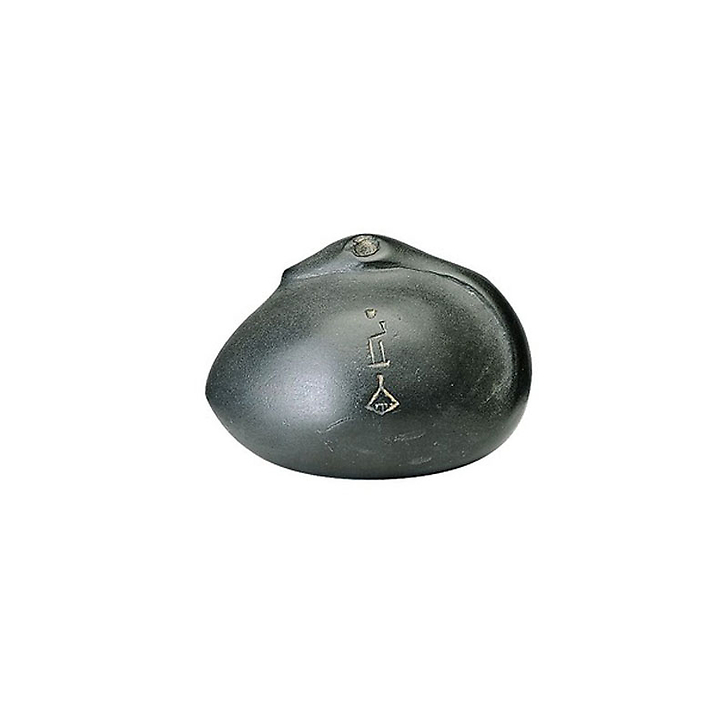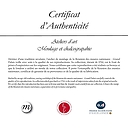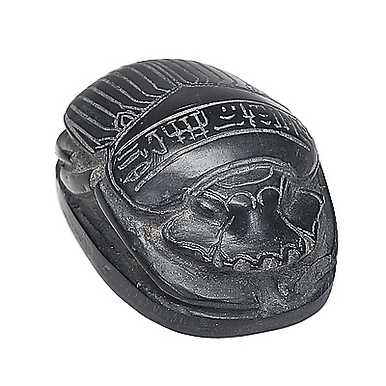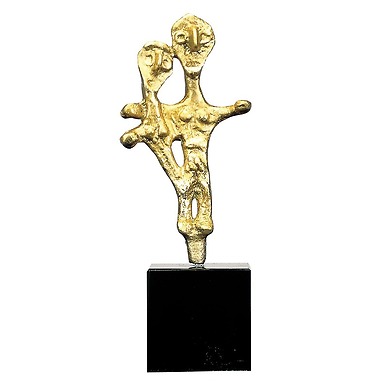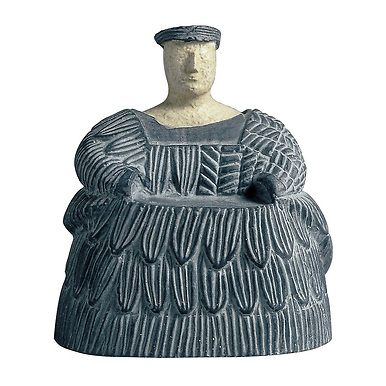Sculpture Small Susian Weight
RA001025
The idea of making weights in the shape of animals probably dates back to the very early period around 3500 years B. C. when the first accounting systems were born, ultimately leading to the invention in the Orient of writing.
Commodities were quantified with reference to small weights fashioned in...
Read more
The idea of making weights in the shape of animals probably dates back to the very early period around 3500 years B.C. when the first accounting systems were born, ultimately leading to the invention in the Orient of writing.
Commodities were quantified with reference to small weights fashioned in clay. Some had simple geometric forms, and conventional values. Others were made in the shape of the "heads" of cattle, of poultry and even of fruits, furniture and the like.
Much later, barely 2000 years B.C., during the period when the kings of Sumer first decided to formalise their laws, the practice of carving weights in the shape of ducks was introduced, this aesthetic yet simple form recalling those used by former generations. It was enthusiastically adopted by the Elamites of Susa, neighbours of the Sumerians and Babylonians, who also marked each weight with its value in "mana"(1 mana = 505 g).
Giving each weight a specific value enabled the Susians to produce full sets of weights. Such sets would be placed in the tombs of wealthy Susians alongside sets of scales. This could have been to show that the deceased had been a merchant during his life, but may also have been an allusion to the notion of the "weighing" of the soul in the final judgement that took place after death, though literature on this point is extremely scarce.
Close
Login to see prices
Sold by GrandPalaisRmn

